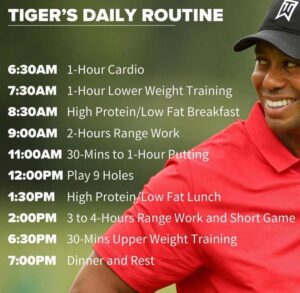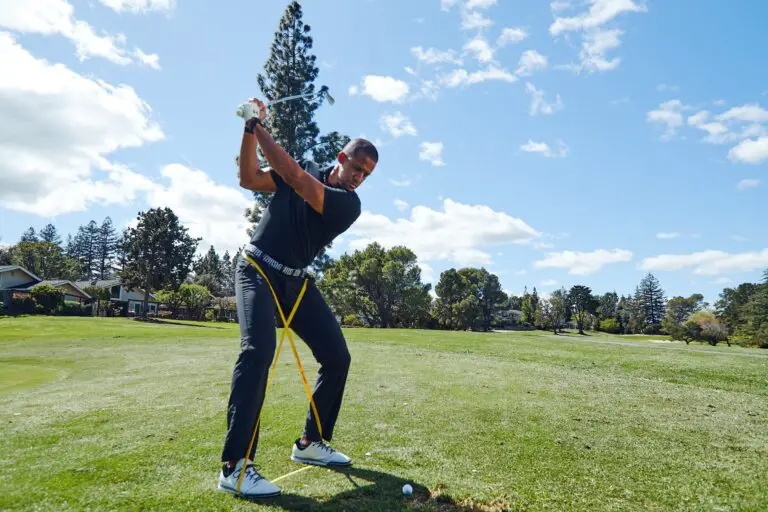The Importance of Physical Fitness in Golf
Physical fitness has become a cornerstone of professional golf. Gone are the days when golfers could rely solely on their natural talent and technique. Today, top golfers recognize that a robust fitness regimen is essential for maintaining peak performance throughout a grueling season. Fitness impacts every aspect of the game, from strength and power to endurance and flexibility.
Why Fitness is Crucial for Golfers
The link between physical conditioning and golf performance is undeniable. A well-rounded fitness routine helps golfers enhance their swing mechanics, reduce the risk of injury, and stay focused during long rounds. Proper conditioning can also improve balance, coordination, and core strength, which are critical for consistent ball striking.
How Top Golfers Train: Strength and Conditioning
Top golfers like Rory McIlroy and Tiger Woods follow rigorous strength and conditioning programs. These programs typically include weight training to build muscle strength and improve swing speed. Exercises like squats, deadlifts, and lunges are common, focusing on the lower body to generate power. Upper body strength is also vital, with exercises such as bench presses and shoulder presses enhancing swing stability.
Additionally, golfers engage in functional training to improve their athleticism on the course. Movements that mimic the golf swing, such as rotational exercises and medicine ball throws, are included to enhance power and precision. These targeted workouts help golfers translate their gym gains into better performance on the fairway.
Flexibility and Mobility: Key Components for a Powerful Swing
Flexibility is another crucial element of a golfer’s routine. Dynamic stretching and mobility exercises improve the range of motion, which is essential for executing a fluid and powerful swing. Yoga and Pilates are popular among golfers for their ability to enhance flexibility and core strength. These practices help maintain a smooth swing and reduce the risk of injuries.
Incorporating foam rolling and other recovery techniques also plays a significant role in maintaining flexibility and preventing muscle tightness. Regular stretching routines before and after practice or rounds can keep muscles supple and ready for action, contributing to better swing mechanics and overall performance.
Cardiovascular Fitness: Staying Endured on the Course
Endurance plays a significant role in golf, particularly in tournaments that stretch over multiple days. Cardiovascular workouts, such as running, cycling, or swimming, help golfers maintain energy levels and focus throughout their rounds. A strong cardiovascular base allows players to remain sharp and perform consistently, even in the final holes of a tournament.
Golfers often include interval training in their cardio routines to simulate the varying intensities of a round. This type of training improves stamina and helps golfers stay mentally and physically prepared for the demands of a full day on the course.
Tips for Amateurs: Get Fit for Golf
For amateur golfers looking to enhance their game through physical conditioning, starting with basic exercises can make a big difference. Incorporate strength training, flexibility exercises, and cardiovascular workouts into your routine. Focus on exercises that enhance core stability and balance, as these are crucial for a consistent golf swing. Additionally, consider working with a fitness trainer who specializes in golf to tailor a program to your specific needs.
Simple routines like bodyweight exercises, resistance band workouts, and basic stretching can provide substantial benefits. Gradually increasing the intensity and variety of your workouts can lead to noticeable improvements in your golf game over time.
Conclusion: The Game-Changing Power of Fitness in Golf
Fitness has become an integral part of the modern golfer’s toolkit. By focusing on strength, flexibility, and endurance, top golfers set themselves apart on the course. Amateurs can also benefit greatly from incorporating fitness into their routines, enhancing their overall performance and enjoyment of the game. As golf continues to evolve, the importance of physical conditioning in achieving success cannot be overstated.


